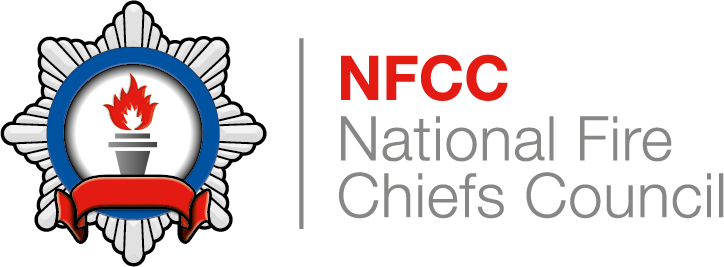Welfare and safety check of people at risk: Fire survival guidance - wildfire
Control Measure Knowledge
This control measure should be read in conjunction with:
-
Assist the rescue of people at risk: Survival guidance
-
Assist rescue of people at risk: Fire survival guidance – building fire
People at risk who are sheltering may not need rescuing and should be safe once the fire has passed. Operational personnel may still attend the location of people who were sheltering to check on their welfare and assess for any damage caused by flames, heat or smoke.
Rescue may only be required if the person at risk becomes unwell or unconscious as a result of the passing fire, or if the environment they are sheltering in is on fire and they are unable to evacuate. Guidance to assist rescue of people at risk in the specific environment should be referred to, for example assist rescue of people at risk: Fire survival guidance – building.
Regardless of the environment people are seeking shelter in, whether they are trapped or the fire has passed, fire control personnel should continually share all information with operational personnel and responding agencies, both prior to and when they are in attendance. This will support a joint understanding of risk and inform accurate situational awareness.
The information provided by fire control personnel allows for evaluation and prioritisation of people who have sought shelter and may need checking on. Sharing information about people who are seeking shelter should reduce the amount of time operational personnel spend searching for people at risk, thereby reducing their risk of harm.
The following information should be gathered by fire control personnel and relayed to operational personnel:
- Address/exact location of all people, for example:
- Corner of car park on specific road
- Environment of people seeking shelter, for example:
- Building/house
- Vehicle/car
- Ditch in the open
- Make, model and registration plate of vehicle people are seeking shelter in
- Location of the wildfire and fire conditions people at risk are experiencing
- If people are safe and the wildfire has passed
Depending on the situation the following advice to people at risk may prove useful in assisting the rescue:
- Leave exterior and interior lights on to help operational personnel locate buildings in dense smoke
- Keep doors and windows unlocked
- If it is safe to do so, on arrival of operational personnel stand at the window and make yourself known by making noise, using visual aids or waving to them
- If within a car use the horn to make operational personnel aware of your location
